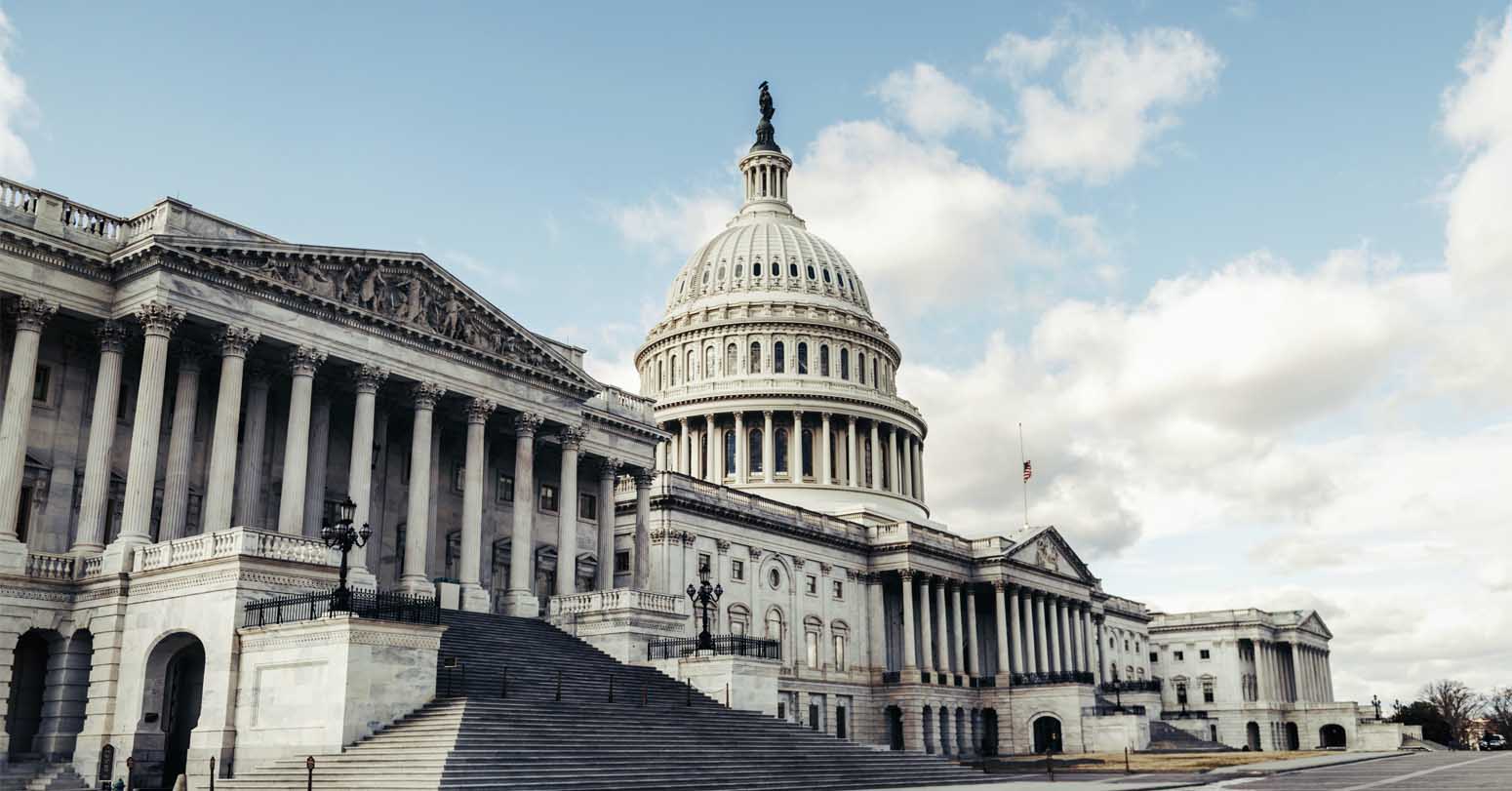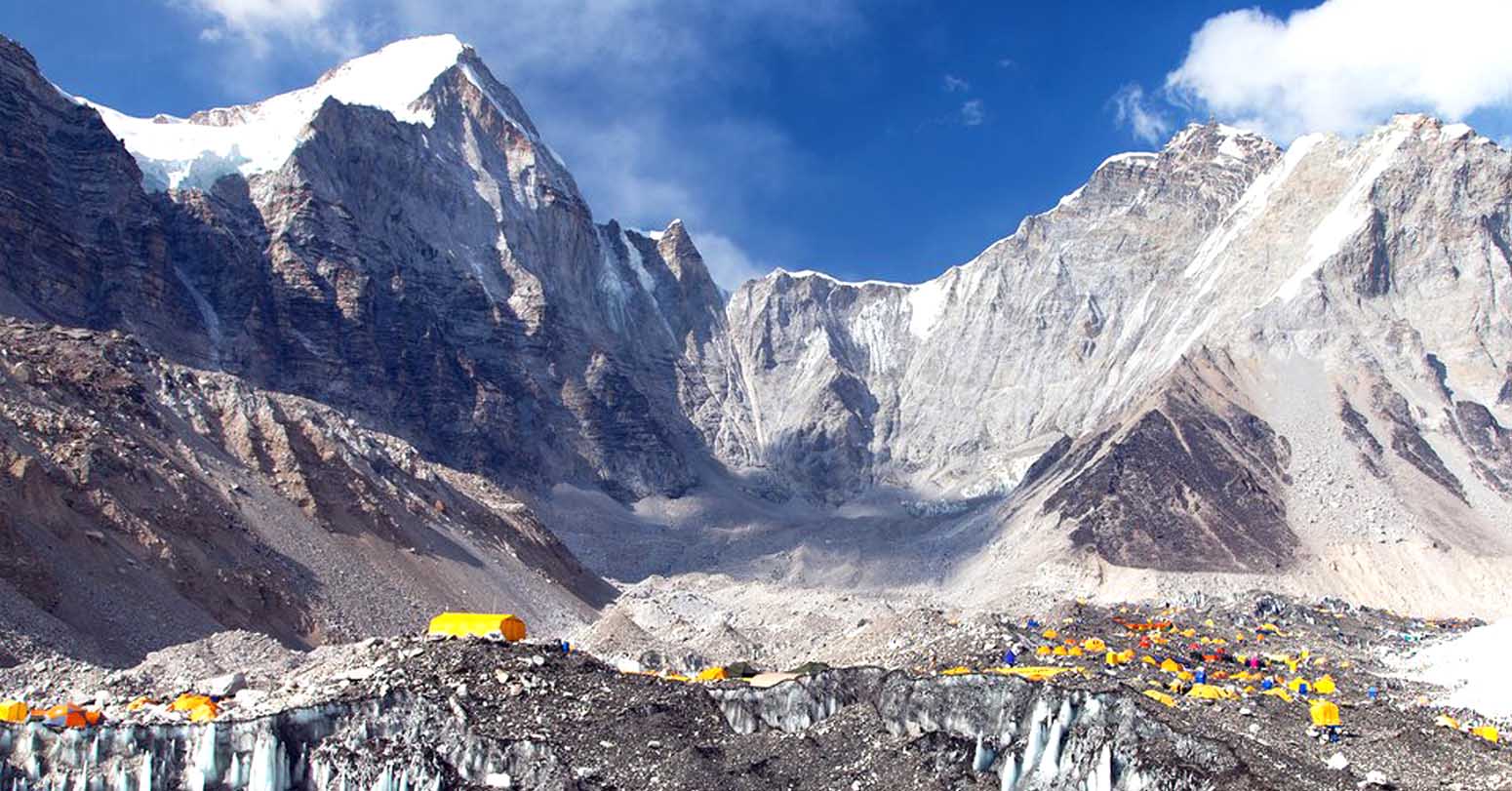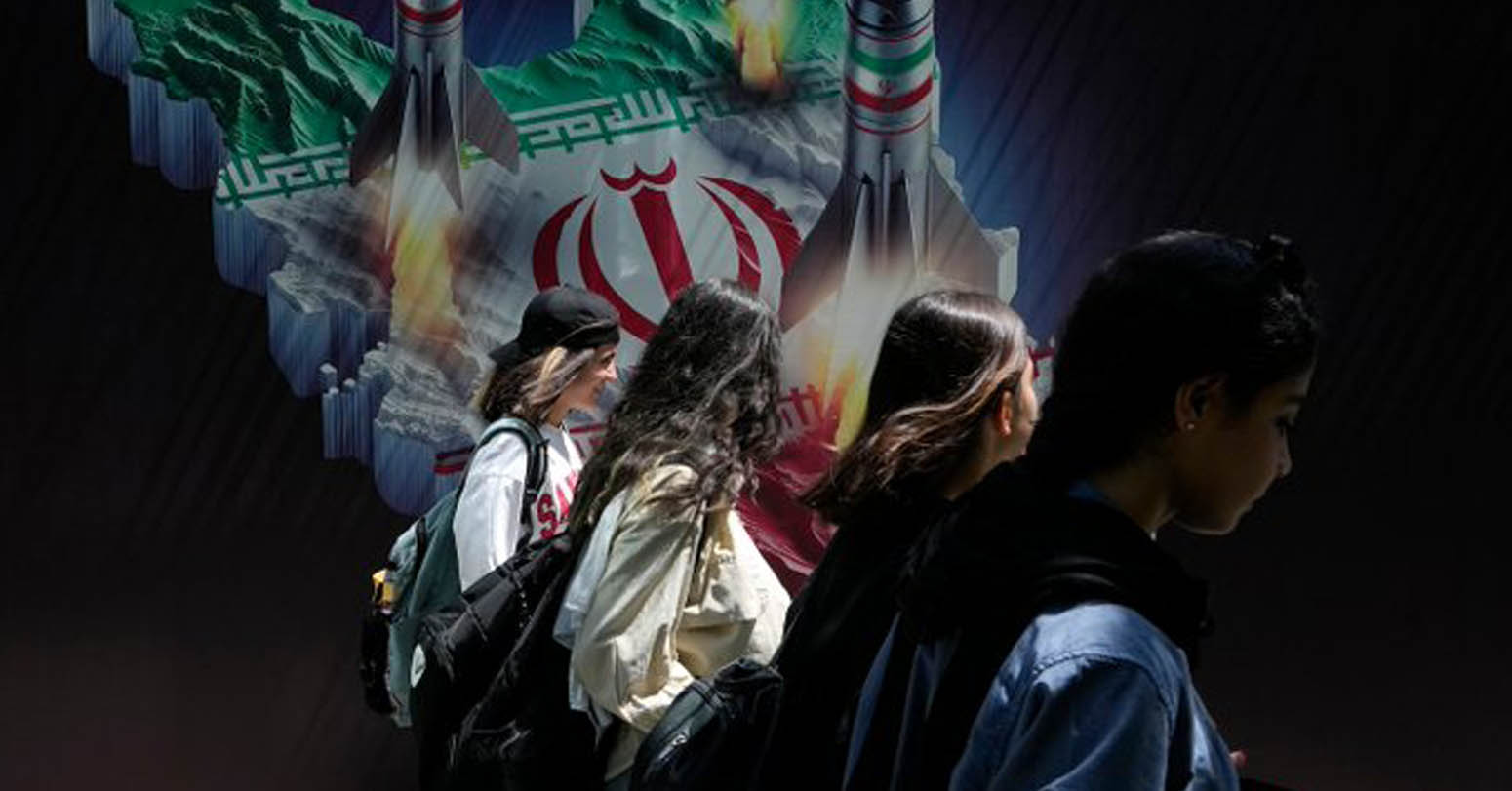A border crossing between Armenia and Turkey opened for the first time in 35 years on Saturday, to allow humanitarian aid through after a massive earthquake hit the region, an official said.
Five trucks with aid including food and water arrived in Turkey from the Alican border crossing, tweeted Serdar Kilic, Turkey's special envoy for dialogue with Armenia.
The assistance comes after a 7.8-magnitude earthquake rocked Turkey and Syria this week, killing nearly 25,000 people in both countries, and injuring tens of thousands more.
State news agency Anadolu said this was the first time the crossing had opened since 1988, when Turkey sent aid to Armenia after the country was hit by an earthquake that killed between 25,000 to 30,000.
Kilic in his tweet thanked Armenia and the Armenian national assembly's vice president Ruben Rubinyan. The aid also included medicine, he said.
"Happy to have been able to assist," Rubinyan said on Twitter.
The two countries have never established formal diplomatic relations and their shared border has been closed since the 1990s.
Their relationship is strained by World War I-era mass killings of Armenians in the Ottoman Empire, atrocities Yerevan insists amount to a genocide.
But in December 2021, the two countries appointed special envoys to help normalise relations -- a year after Armenia lost to Turkey's ally Azerbaijan in a war for control of the disputed Nagorno-Karabakh region.
Turkey fiercely rejects the genocide label, arguing that 300,000 to 500,000 Armenians and at least as many Turks died in civil strife when Armenians rose up against their Ottoman rulers and sided with invading Russian troops.
In February 2022, Turkey and Armenia resumed their first commercial flights in two years.
The land border between the two countries has remained closed since 1993 however, forcing trucks to transit through Georgia or Iran.
-AFP
















Middle-aged man spends millions to
Dr. Dharam Raj Upadhyay: Man
Children, Greatest Victims Of Sudan’s
Breathing The Unbreathable Air
Comprehensive Data Protection Law Critically
Gender Differences In Mental Healthcare